What is Post-Viral Fatigue?

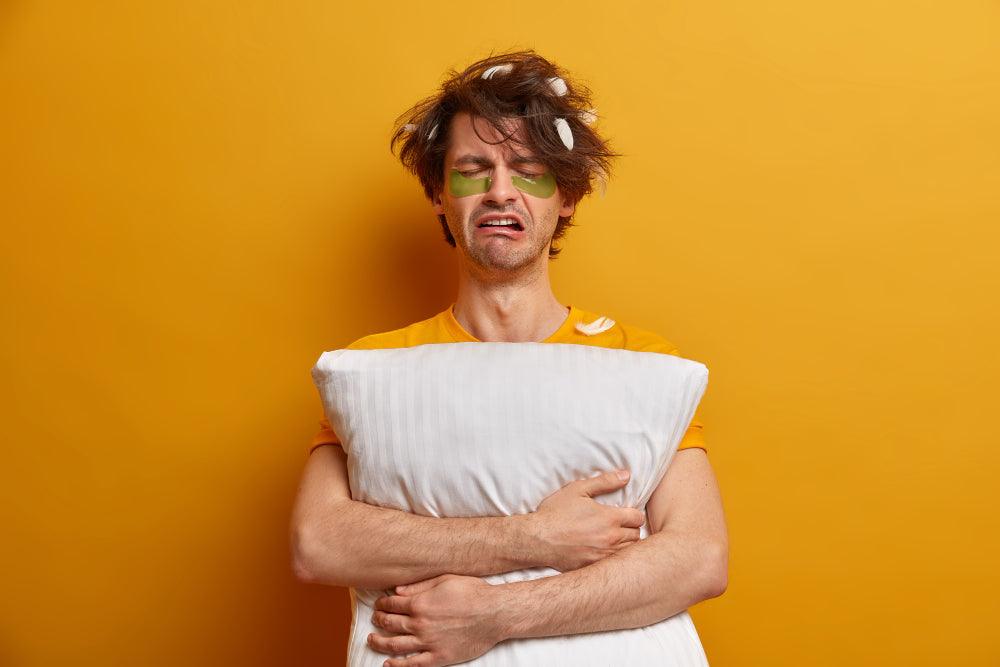
Related products
What is post-viral fatigue?
Fatigue is the body's natural response to fighting a viral infection. It describes a continuing feeling of weakness and exhaustion that follows a viral infection. Even after typical infections like the flu, it can develop. A frequent sign of several viral infections is fatigue. It is a typical aspect of how the body reacts to a viral infection. To better manage these symptoms, including fatigue, you can explore more about dealing with coughs and colds.
Once the body has treated the virus, fatigue usually disappears rapidly. After the infection has cleared up, fatigue is likely to last for a while. It may cause you to sleep more, feel unsteady on your feet, find it difficult to stand for extended periods, affect your memory, and weaken your ability to think as well.

The concept of "long COVID," or persistent post-viral fatigue that can occur after a COVID-19 infection, is already well known to many of us. The majority of coronavirus victims recover in two to three weeks. "Long COVID" is defined as a "disease in patients who have recovered from COVID-19 but are suffering long-lasting effects from the virus or have been experiencing typical symptoms for far longer than is normal."
Around 300,000 people in the UK have reported symptoms lasting more than a month, according to a study on COVID-19. After three months, almost 60,000 people (1.5% of the research participants) were still having symptoms. These symptoms are due to post-viral fatigue. In this article, you will learn about post-viral fatigue.
What is post-viral fatigue?
Post-viral fatigue occurs when you have a prolonged period of feeling ill and fatigued following a viral infection. The symptoms can be similar to those of the flu, but they may last longer and be more severe. It has been linked to changes in the body's natural antiviral defences, which include the immune system, the nervous system, and the brain. It can be upsetting to feel this way, but there are many things you can do to help yourself feel better again. It can last for months or even years, and it's not always easy to tell the difference between post-viral fatigue and other illnesses.
For those struggling with the visible signs of fatigue, a refreshing product like the Yves Rocher Hydra Vegetal Anti-Fatigue Moisturizing Fresh Gel for Eyes can help relieve puffiness and tired eyes, adding a boost to your recovery.
It's not just a few weeks of bad flu; it can last months or even years, and it often has more serious consequences. Post-viral fatigue is different from the common cold. It's not that you're suddenly having trouble with your immune system; you're simply suffering from fatigue and other symptoms that are associated with an inflammation response in your body.
Viral infections are especially likely to cause this kind of fatigue because they increase inflammation in the body, which can lead to widespread problems such as pain and joint ache, low energy levels, sore throat, headaches, coughing, and congestion.
Symptoms of Post-Viral Fatigue
The symptoms of post-viral fatigue can be similar to those of other conditions, such as chronic fatigue syndrome or fibromyalgia. However, they differ in some key ways:
Fatigue: You may feel tired most of the time and have little energy. If you don't sleep well due to this illness, you may have difficulty getting up in the morning and staying awake during the day. You may also feel fatigued during the day even when you exercise regularly. For a natural supplement that helps combat fatigue, the Uplift Revitalise Fatigue Mix may provide the extra energy and relief you need.
Sore throat: This symptom is common with many upper respiratory infections and isn't specific to post-viral fatigue syndrome (PVFS). If you develop a sore throat after an illness (such as influenza), it usually lasts from a few days to several weeks before it goes away on its own.
The symptoms of post-viral fatigue can last for weeks or months after the virus has been cleared from your body. They may include:
-
Being unwell for several weeks at a time
-
Feeling tired all the time (even when you're not sleeping)
-
Having trouble concentrating or remembering things often
-
Feeling emotionally numb or disconnected from others.
-
Having difficulty sleeping or sleeping too much.
-
Feeling exhausted
-
Dizziness or light headedness
-
Headache, migraine, or tension headaches
-
Muscle aches or joint pain, especially in the neck, back, and shoulders (cervical spine)
-
Sore throat, runny nose, and sneezing
-
Nausea and vomiting

The Impact of Post-Viral Fatigue on Your Body
Post-viral fatigue usually affects people who have had a serious or complicated viral illness, like those caused by the influenza virus, human immunodeficiency virus (HIV), or hepatitis C virus (HCV). It's also known "chronic fatigue syndrome have had a serious or complicated viral illness, like those caused by the influenza virus, human immunodeficiency virus (HIV), or hepatitis C virus (HCV). It's also known as "chronic fatigue syndrome," which is a catchall term for a group of similar conditions that are often difficult to diagnose and treat.
The feeling of post-viral fatigue can leave you feeling drained and struggling with daily tasks. To help reset your energy, consider using the Pupa Sport Addicted Anti-Fatigue Shower Gel after a long day to relieve tired muscles and refresh your body.
Post-viral fatigue can happen after any infection that causes your body to produce antibodies that attack your nervous system. Antibodies are proteins produced by the immune system in response to pathogens such as viruses, bacteria, and fungi; they're meant to neutralize them so they don't cause harm. When you have a serious infection like influenza or HIV, these antibodies attack your central nervous system (CNS). This can result in symptoms ranging from mild fatigue to severe exhaustion, with little relief.
Main causes of post-viral fatigue
The exact cause of post-viral fatigue is unknown, but it’s thought to be due to an overactive immune system. The immune system normally fights off any foreign invader, but when it does this too often and for too long, it can cause serious damage to your body. This can lead to sickness and fatigue, which can last for several weeks or even months after an initial illness.
Post-viral fatigue is often described as a catch-all term used to describe a range of symptoms that are not specifically related to any one illness or infection. It affects people in different ways, but most people will experience some level of tiredness, malaise, or poor recovery.
The main causes of post-viral fatigue are:
-
Your immune system is overactive, and you have an overreaction to the virus (inflammatory immune syndrome).
-
The virus triggers an inflammatory response from your immune system (the immune system attacks itself).
-
You have an underlying health problem that makes it difficult for your body to recover from the illness.
While the causes of post-viral fatigue can often be difficult to pin down, there are many tools that sufferers and their doctors can use to treat it effectively, minimizing the effects and thoroughly getting over whatever might be causing it.

Minimizing the Risk of Post-Viral Fatigue
Post-viral fatigue can occur in people who are highly susceptible to infections, such as the elderly, those with chronic health conditions, and those who are immunocompromised by drugs or other factors. If you have experienced post-viral fatigue within three months of getting sick, you may be at risk of developing post-viral syndrome (PVS). The main symptoms of PVS are fatigue, sore throat, and fever, which can last for weeks or months. You may also experience other symptoms such as muscle pain, headaches, and joint aches.
Post-viral fatigue is a symptom of an infection that can last for weeks, months or even years after the initial infection. It’s caused by many different viruses and bacteria that cause your immune system to become overactive, which then leads you to feel fatigued and sick for a long period.
Viral infections, such as the flu, cause your body to produce a lot of virus-fighting antibodies that help fight off the infection. These antibodies also help fight off other viruses.
Your immune system may be weakened as a result, causing you to feel tired and ill for several weeks or months. Feelings of fatigue tend to come and go with symptoms of post-viral fatigue syndrome (PVFS). It's normal to feel tired after a viral illness; that's because your immune system is weakened by the virus and needs extra rest to recover from it. But if your symptoms are severe or last longer than usual, see your doctor for advice about post-viral fatigue treatment options.
Diagnosis of Post-Viral Fatigue
Since many of the symptoms of post-viral fatigue are similar to those of other illnesses, diagnosing it can sometimes be challenging. Delays in diagnosis and support may also be a result of a general lack of understanding and expertise about the illness in the medical community.
It's important to note here that post-viral fatigue syndrome is still poorly understood. The condition may be caused by a virus, but the underlying mechanisms are still unknown. However, there are resources now available for people living with this syndrome. The key for these patients is identifying the condition and collaborating with their doctors to ensure proper treatment and symptom management. After a patient develops post-viral fatigue, they're not likely to go through the same illness again. But other factors, such as stress and a busy workload, can replicate the symptoms of the syndrome and even trigger it. Consulting your doctor is a smart idea if you have recently recovered from a virus and are now showing signs of post-viral fatigue syndrome.
Treatment of Post-Viral Fatigue
Post-viral fatigue syndrome is a debilitating disorder that requires proper medical attention and treatment. It can be especially challenging if you have children or must meet your professional obligations. Fortunately, many people with this illness can get relief through proper medical care, rest, and listening to their bodies.
Post-viral fatigue does not currently have a specific treatment. Therefore, each person's post-viral fatigue symptoms will be dealt with specifically. Post-viral fatigue symptoms may be treated with medication, such as aspirin for muscle discomfort. A change in lifestyle, such as more relaxation exercises, can help you in the treatment of post-viral fatigue.
Fatigue can be treated with many drugs, including painkillers and sleep aids like trazodone and clonazepam, as well as low-dose tricyclic antidepressants that can be used to treat insomnia.
Other home remedies can help you minimize your post-viral fatigue.
Home Remedies
Home remedies and therapies for post-viral fatigue syndrome will vary depending on the type of symptoms that are currently present in your body. These home remedies and therapies may include:
-
Consider taking more regular breaks during the day if your fatigue is interfering with your ability to complete your activities at work, school, or home. To prevent overload and the waste of your extra energy, you can ask for flexible schedules, abbreviated days, or official breaks at school or work.
-
When insomnia or sleep issues are severe, you might think about making healthy improvements to your daily routine, such as wearing an eye mask and earplugs and limiting exposure to blue light (reducing screen time) before bed. You can also take some medicines and try relaxation techniques.
-
Any digestive issues you might be having could get better if you cut out dietary triggers from your diet. Caffeine, alcohol, spicy meals, aspartame, sugar, dairy, and gluten are some of the most popular food triggers; however, they might differ from person to person.
-
Your sleep, cognition, pain, and anxiety can all be improved with the help of an efficient stress management routine. Ask your doctor for suggestions if you're not sure where to begin your stress management routine.
-
Anxiety, sleeplessness, and chronic pain can all be managed with cognitive behavioural therapy.
Conclusion
If you have exhausted all of the recommendations above, and are still experiencing uncomfortable symptoms. Many doctors will recommend that tiredness and fatigue tests be performed to properly diagnose. You also need to explore other symptom management options, such as using a heating pad or getting more rest, to help ease your fatigue. After battling the virus, people may continue to have post-viral symptoms, such as fatigue, for weeks or months. Some medical procedures and natural remedies may help people manage their energy levels and relieve weariness. If the symptoms persist for too long, consult a doctor to find a solution as they may look similar to those of other health problems.



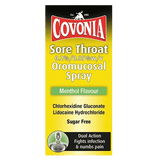


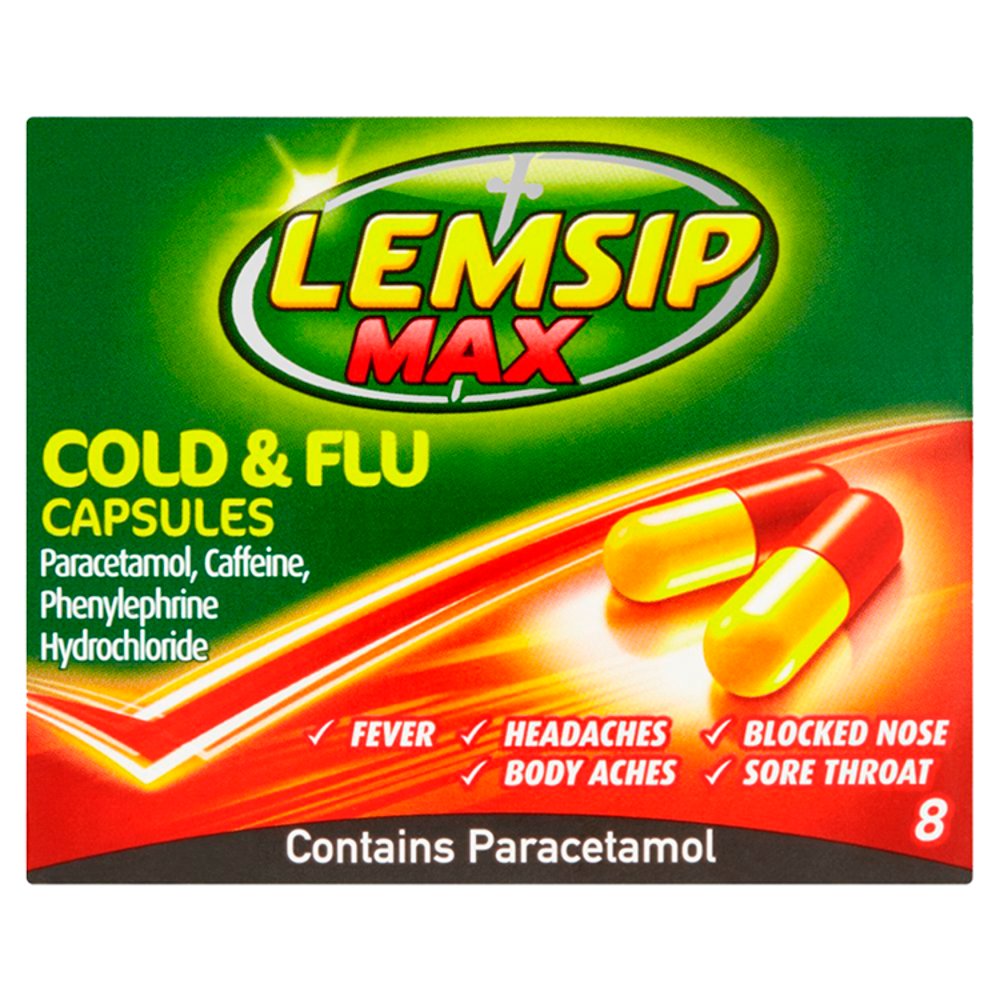

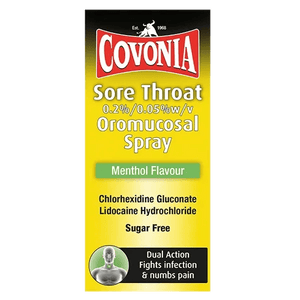
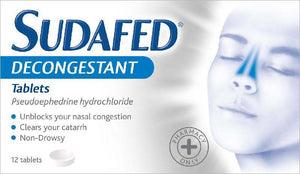



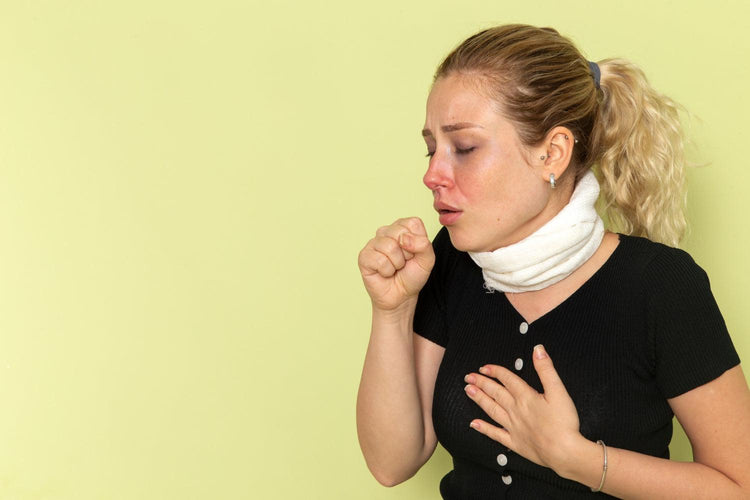
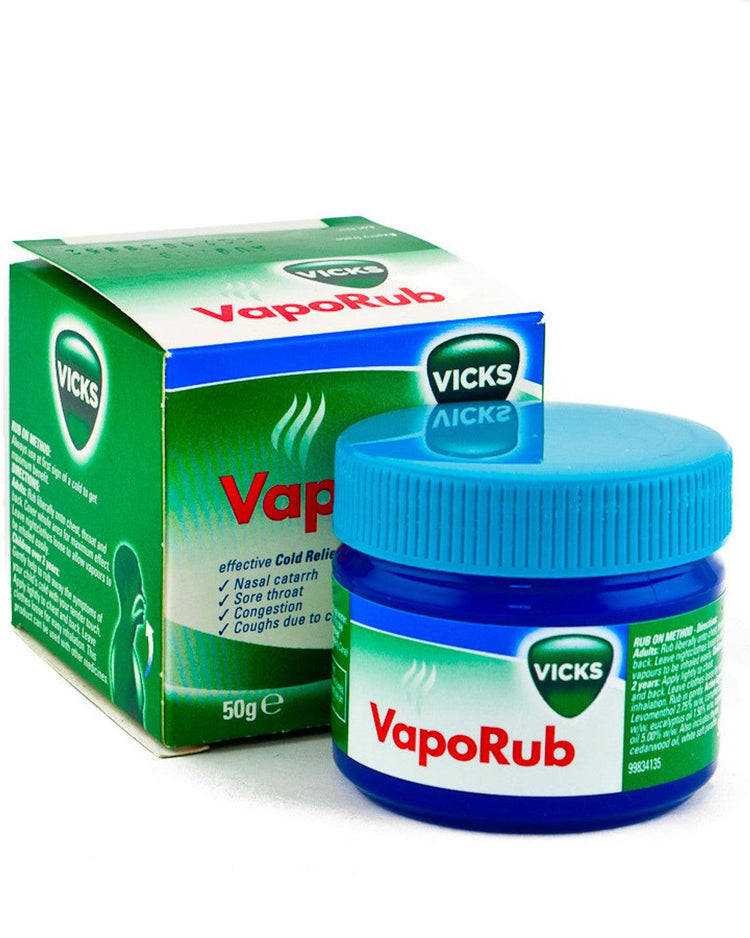




 Rated Excellent by 26,523+ Reviews
Rated Excellent by 26,523+ Reviews